- Get link
- X
- Other Apps


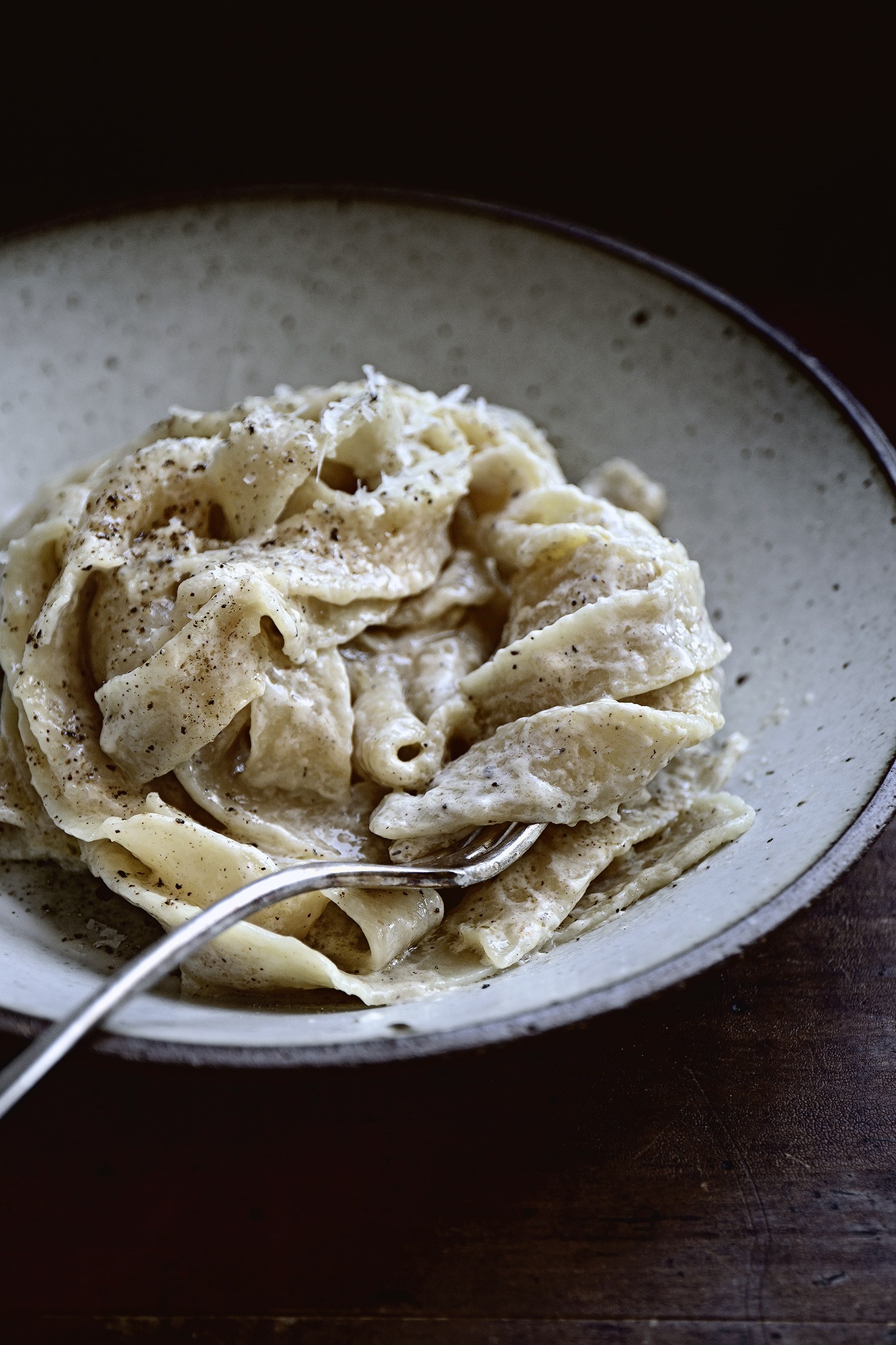 UPDATED JAN/14/2021: After consideration I’ve replace some of the tapioca flour with cornstarch to get the texture of the noodles even closer to real ones. If you like a super chewy noodle, you can use full tapioca starch. If you want them to be even softer, you can increase the ratio of cornstarch.
UPDATED JAN/14/2021: After consideration I’ve replace some of the tapioca flour with cornstarch to get the texture of the noodles even closer to real ones. If you like a super chewy noodle, you can use full tapioca starch. If you want them to be even softer, you can increase the ratio of cornstarch.
Serving Size: 2
You can make this noodle with chicken breast, very lean pork or even beef. Noodles made of pork or beef will be even firmer and chewier. Just make sure that the meat has very little to no fat and all the silver skins, tendons and connective tissues are removed.
This dough can be used in any other noodle recipes. Although more work, you can cut them thinner, or even make them into your favorite pasta shapes. Read the instructions carefully for applications.
Ingredients
- 7 oz (200 grams) chicken breast, or very lean pork or beef
- 1/4 heaping tsp sea salt
- 1 cup tapioca flour/starch, see note *
- 1/4 cup boiling water
- 1/2 cup cornstarch
- 2 tbsp unsalted butter
- 2 cloves of garlic, grated
- 2 sprigs of fresh thyme
- 1/4 tsp freshly ground black pepper
- 3/4 cup heavy cream
- 1/4 cup whole milk
- 1 1/2 tbsp Greek yogurt
- 2 tsp fish sauce
- 1/8 tsp freshly grated nutmeg
- Freshly grated Parmigiano Reggiano to serve
Instructions
- MAKE DOUGH: Dice the chicken breast (or lean pork or beef) into small pieces and place in a food-processor with sea salt. Run the processor for 1~2 minutes until the meats are pureed into a pink goo-like substance. If you're using lean pork or beef, you may need to process them a minute longer because of their tougher, longer fibers, which will make the cutting later more difficult if not broken down. Meanwhile in another bowl, pour the boiling water into the tapioca flour. Use a spoon to mash and mix until an even, dry and shaggy mixture forms. Add the flour-mixture into the food-processor, along with 2/3 of the cornstarch, and pulse until a dough-like mixture forms. The dough should be slightly sticky, leaving just a little bit on your fingers when you tap on it. If it's stickier than that, add the rest of the cornstarch and pulse again.
- SHAPE DOUGH: Because of the texture of this dough, it will not do well and may be caught stuck in an electric pasta roller/maker. But don't worry because it's easy to do by hand.
- Transfer the dough onto a working surface dusted with more tapioca flour to prevent sticking. The dough should feel moist but not overly sticky. Shape the the dough into a thick log, then roll it out into a rectangular sheet about 1/16" (1.5 mm) thick. It's important that you keep BOTH SIDES the dough well floured with tapioca as you go. Instead of dusting, scatter the flour onto and smooth it out across the surface on both sides as you go. Because of the nature of gluten-less dough, it will break more easily than normal wheat doughs, so don't be alarmed if there is some breakage on the edges and whatnots.
- Keeping it well floured, fold the sheet by half lengthwise, then half again, and cut 1/2" (1 cm) segments across the width. Because of the fibrous texture, use a sharp knife and do it in a slicing motion. If you don't mind more work, you can cut the noodles thinner than 1/2". Once done, unfold the noodles gently, undoing the first fold, then the second fold, and leave them laying separated on the counter as they are. DO NOT fluff them or curl them up like you'd do with normal noodles because again, this dough breaks more easily. I don't recommend freezing for the noodle shapes because of this reason, but you can certainly make gnocchi shapes or other stubby types for freezing.
- TO COOK: Bring a large pot of water with a hefty pinch of salt to boil like you would cooking pasta. Meanwhile, heat a large skillet over medium high heat and bring unsalted butter to a sizzle, add garlic, thyme and ground black pepper and cook for a few seconds until fragrant. In another pot, bring heavy cream, whole milk, Greek yogurt, fish sauce, grated nutmeg and a hefty pinch of grated Parmigiano to a simmer. Stir to combine and turn off the heat and set aside.
- Once the water comes to a rapid boil, gently transfer the noodles into the pot. Gently stir around with a wooden spoon to prevent sticking, and cook for about 30 seconds more after the noodles have floated to the top. This will happen quite quickly as all fresh noodles do. Transfer the noodles with a strainer and into the skillet. Return the skillet to medium-high heat and cook until the cream has thickened slightly. Drizzle the garlic/thyme butter over the top and serve immediately with more grated cheese. You can use this noodle to replace wheat noodles in any other recipes you like.
Notes
* If you like a super chewy noodle, you can use full tapioca starch. If you want them to be even softer, you can increase the ratio of cornstarch.
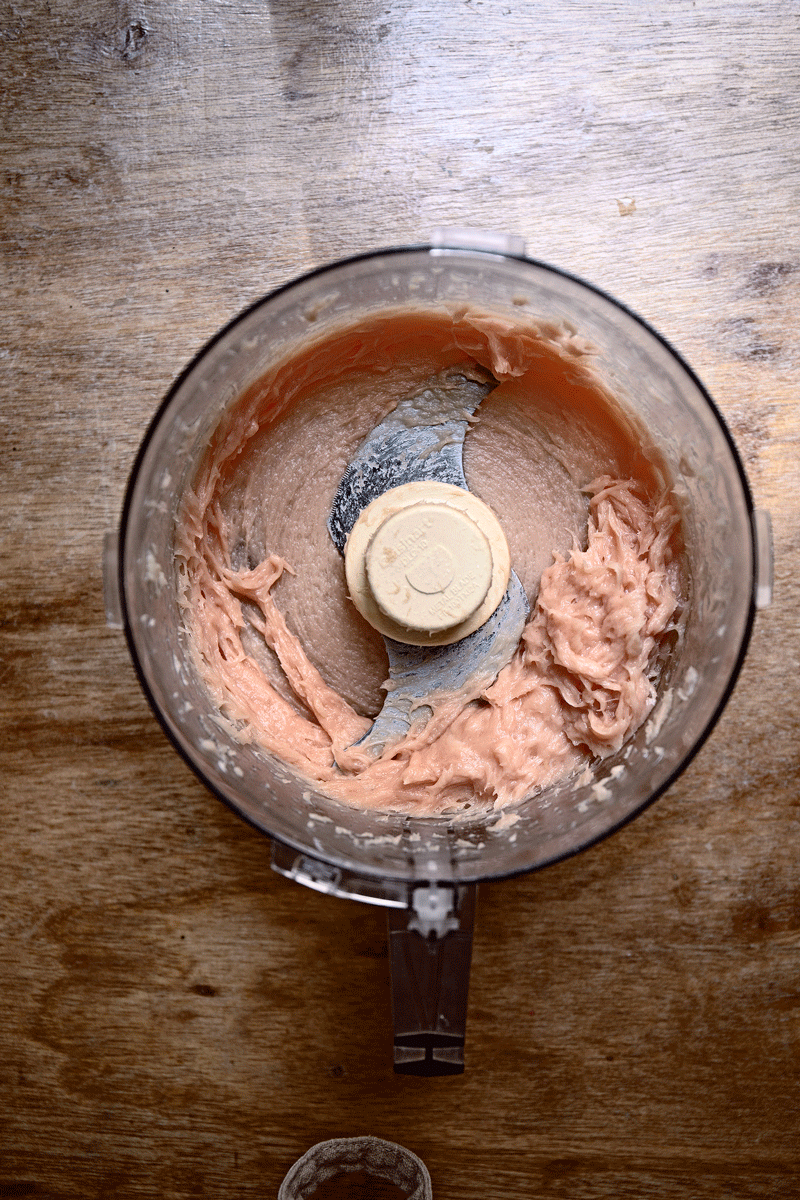
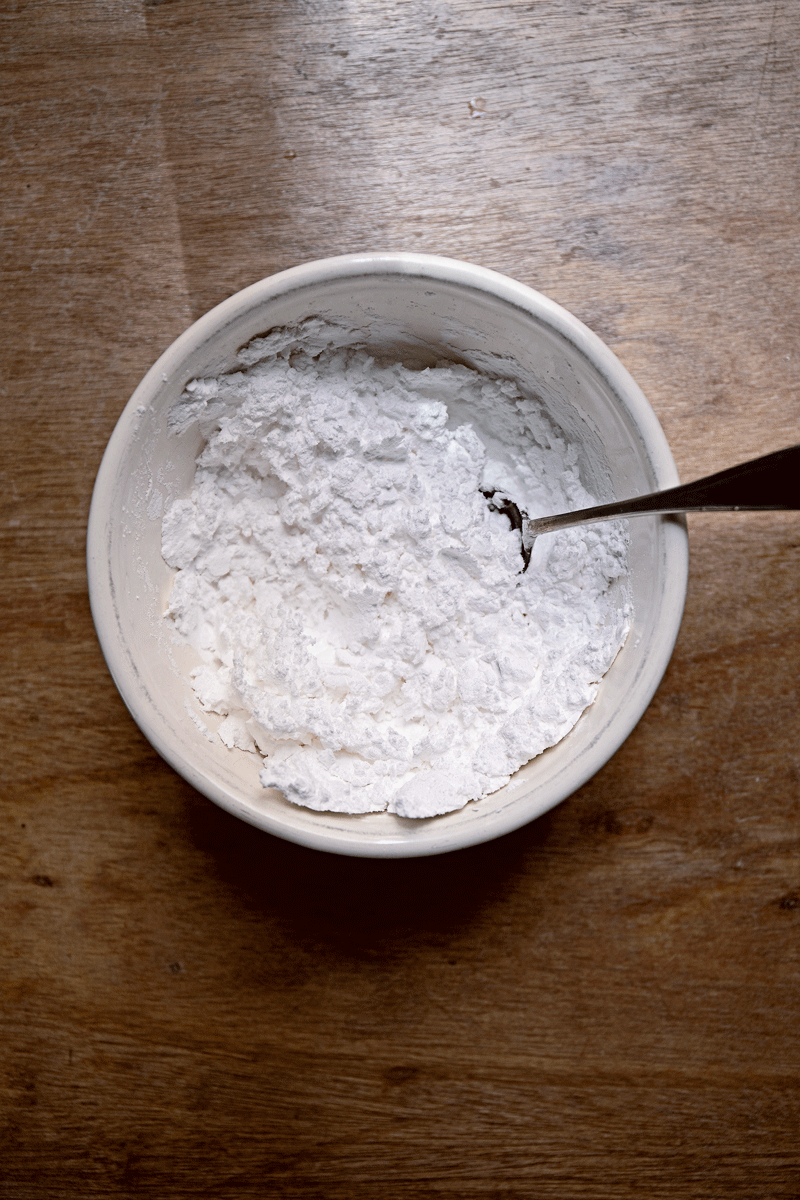
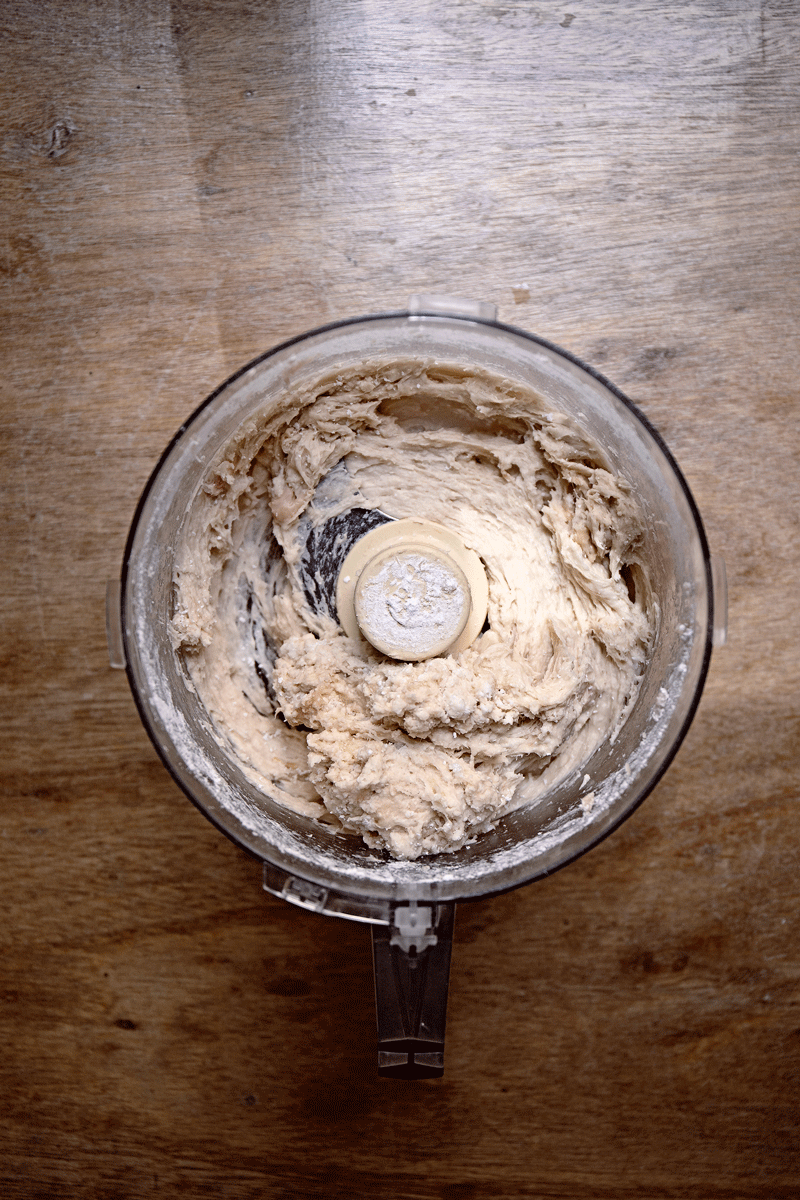
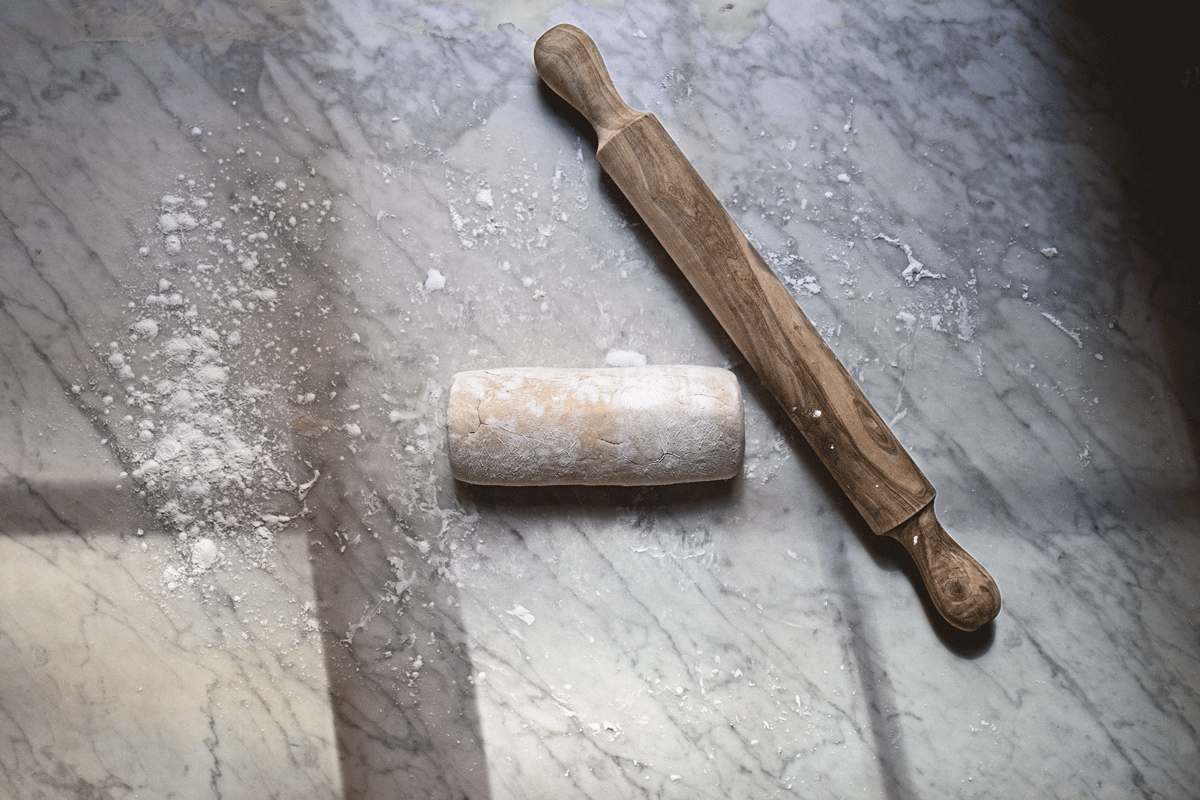
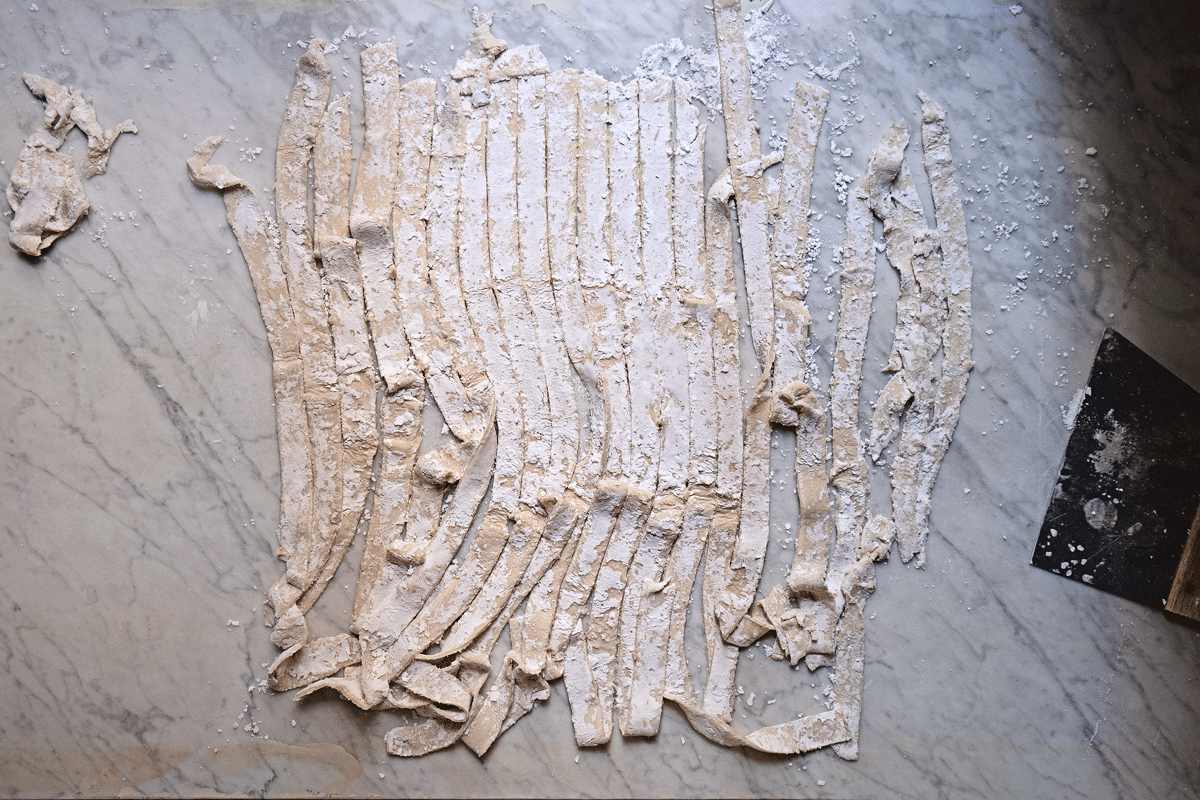
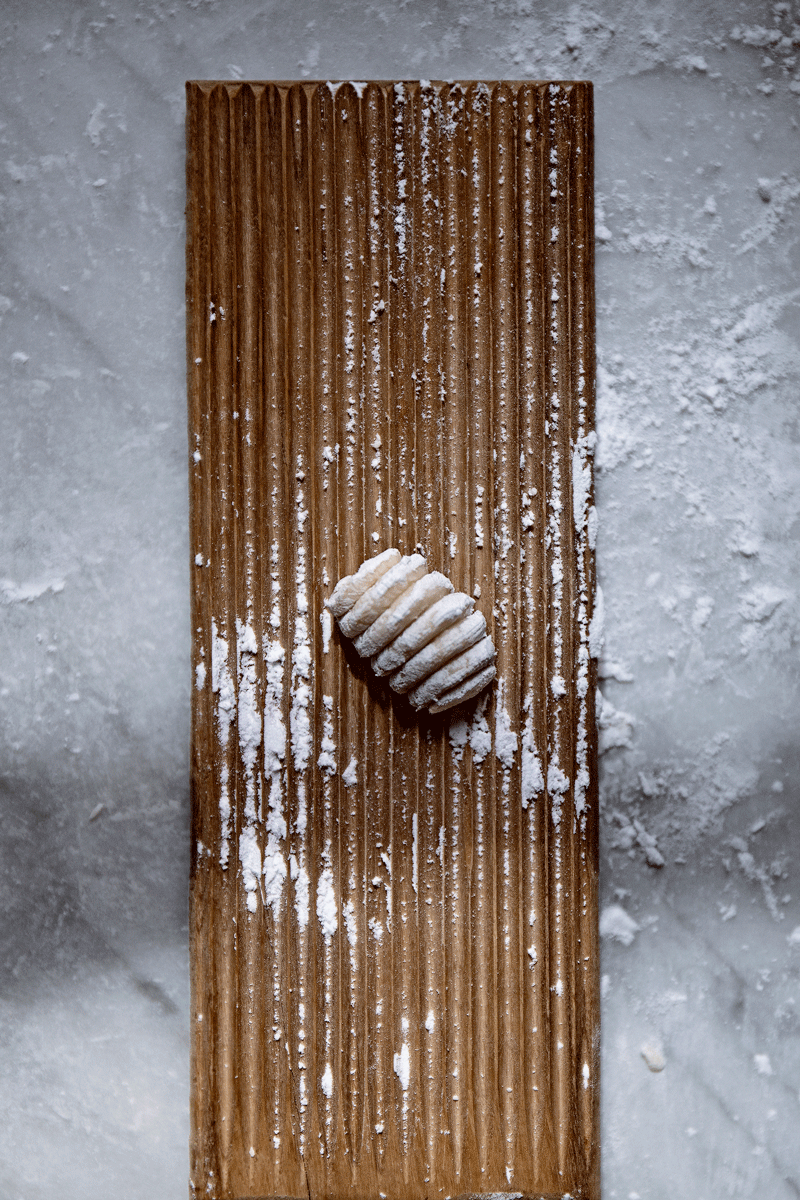
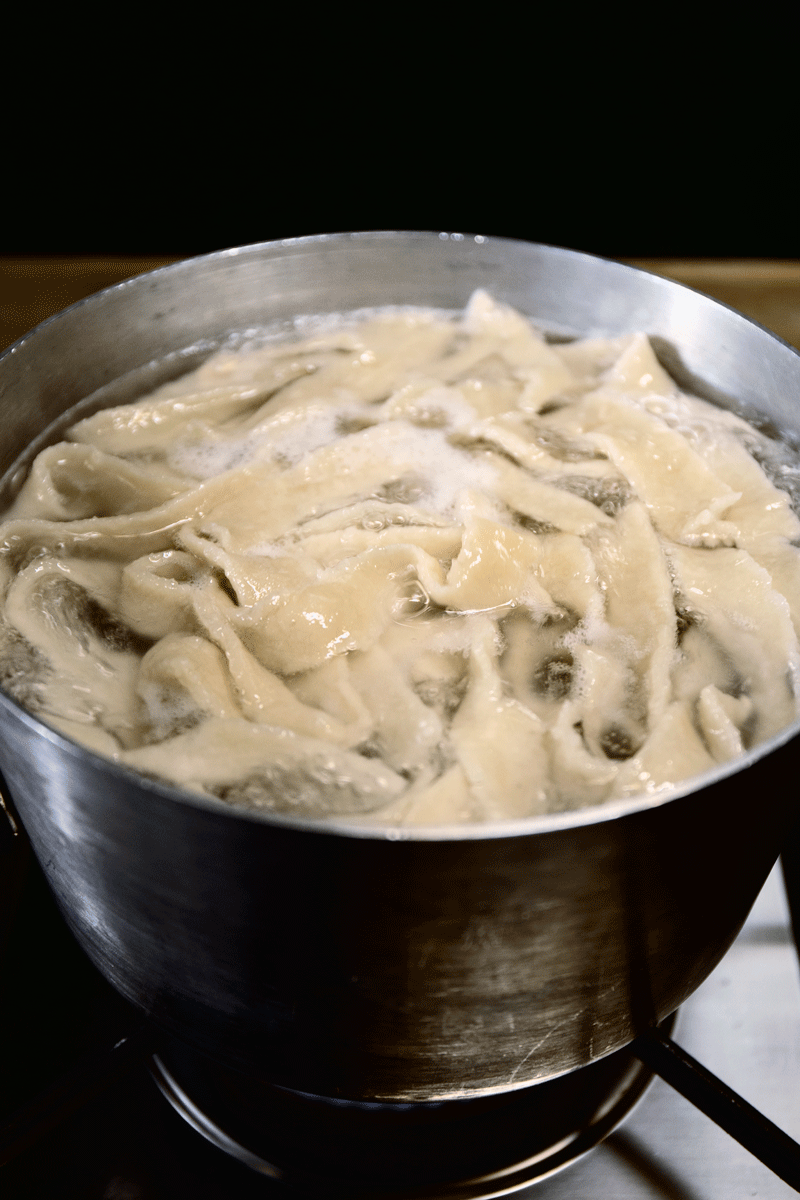

Comments
Post a Comment